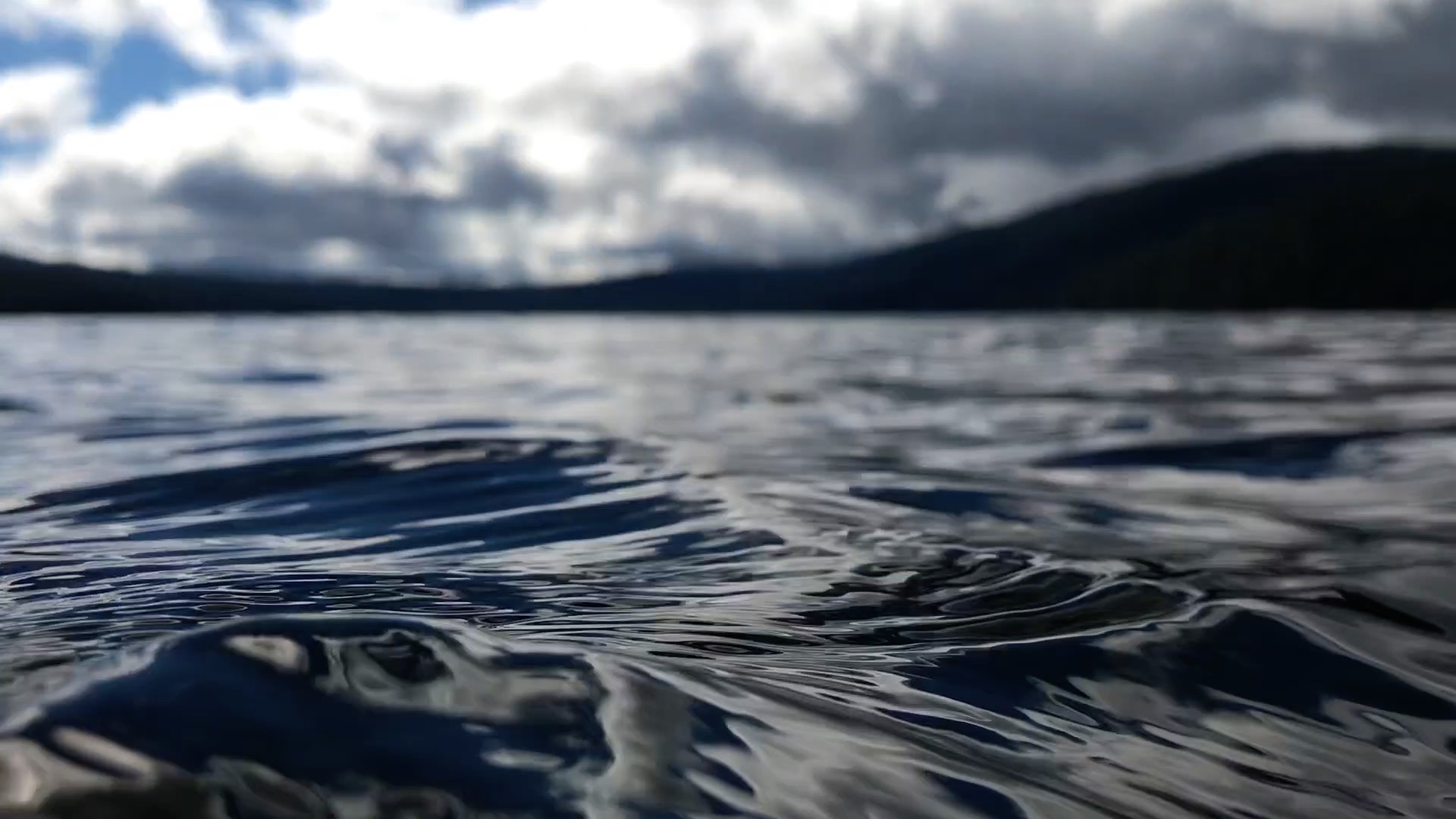How many times have you had a bright idea in the shower? Or while swimming?
The famous neurobiologist and author, Oliver Sacks, famously came to shore mid swim to “discharge his thoughts”.
We have our best thoughts in the water. Why not write them down? They have waterproof notebooks, you know.
But that’s not really what it’s about for me.
It is noting what I’m focusing on and how it feels.
Tuning into the sensations of the water on my body, how a shift in focus leads to a different sensation.
It’s powerful.
With a point of focus, a sensation, and a written record to keep myself accountable, I have the makings of a process for continuous improvement.
Of course, I write down my good ideas too!

